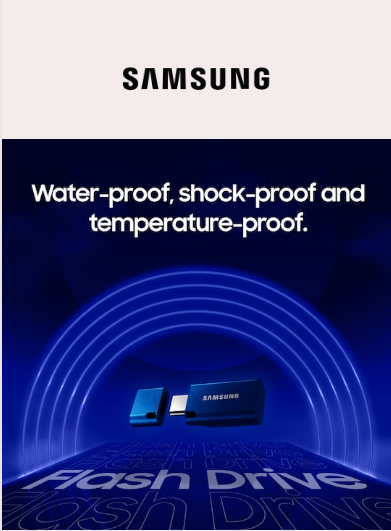Wrist-worn fitness trackers that can monitor your steps and heart rate were once seen as cutting-edge devices. Now these wearables are becoming more high-tech with each release, equipped with features like personalized workout programs and the advertised ability to monitor stress or sleep quality.
Since 2015, we’ve been running, walking, swimming, cycling, sleeping, and basically living with 46 different fitness trackers day and night, to assess their accuracy, ease of use, and comfort. Although no tracker perfectly recorded every metric we tested, we found that the simply designed yet feature-packed Fitbit Inspire 3 is the best option for most people who want to monitor their activities, with metrics like distance traveled, step count, heart rate, and estimated calories burned.
The Fitbit Inspire 3 was the most accurate fitness tracker for step count and near the top of the rankings for every other test we performed. The touchscreen display is only 1.5 inches tall but is simple to navigate, thanks to its sharp colors and easily readable text and icons. The thin, half-inch band doesn’t feel clunky during workouts or everyday use, and the Inspire 3 weighs just 0.32 ounce—lighter than a typical USB flash drive.
Fitbit has a free app where you can connect with other Fitbit users, log information to learn about stress management, and dig deeper into data such as heart-rate history (a premium version of the app costs $10 per month or $80 per year) and offers access to apps like Calm for sleep and meditation). The Inspire 3’s battery is advertised as lasting 10 days before charging, although we found it to come in a fair bit short of that mark.
Battery life: up to 10 days
Water resistance: yes, for up to 50 meters
GPS: when connected to a phone
The Fitbit Charge 6 offers a few upgrades from the Charge 5 , which we previously recommended as a runner-up pick. The most notable upgrade is a haptic side button that allows for easier screen navigation than swiping on the touchscreen (which, we found, sometimes isn’t responsive). The Charge 6 also has built-in GPS, which the Inspire 3 doesn’t have, in addition to access to Google Maps, Google Wallet, and YouTube Music (with subscription). But when it comes to tracking distance, the Inspire 3 performed better in our tests.
Battery life: up to seven days
Water resistance: yes, for up to 50 meters
GPS: built in
The second-generation Apple Watch SE has a vibrant, clear display and the best intuitive touchscreen of the devices we tested. Even if you’re not connected to an iPhone, you can take advantage of a large library of apps. Performance-wise, the Apple Watch SE—also our budget pick smartwatch for iPhone users—accurately measured heart rate, steps, and distance. But for people who want to go on a run and just track, say, their pace and distance, the Apple Watch SE might be overkill, especially given its higher price and limited battery life.
Battery life: up to 18 hours
Water resistance: yes, up to 50 meters
GPS: built in
How we picked and tested
For this guide, we focused on evaluating the key features that people who might choose a dedicated fitness tracker are looking for: step count, distance, and resting heart-rate readouts. We also considered smaller bands and displays (something that looks more like a traditional fitness tracker than a watch) and price. (We have also tested the daily-activity-tracking capabilities of the comparatively pricier Apple Watch SE and the screenless Whoop 4.0).
Most of all, we wanted a device that was accurate, dependable, and durable.
Throughout our testing, we aimed to answer the following questions:
How easy is the fitness tracker to use and live with? Because these devices are meant to be worn all day, every day, we put a lot of emphasis on comfort, wearability, and user friendliness—of both the device and its companion app. We also paid attention to battery life and syncing capabilities.
How well does it track activities? To gauge how accurately the trackers record all-day step counts, we wore the devices in pairs, one on each wrist, for two days straight (we switched wrists on the second day). We also compared their step-count readings with the results from a (discontinued) Ozo Fitness SC 3D Digital Pedometer we knew to be reliable.
How well does it record workouts? For all of the devices, we tested how well they estimated distance traveled by walking a mile on a treadmill.
For any device meant to track active heart rate during a workout, we performed two separate tests on the treadmill: a steady-state run of five minutes at an easy pace, and a six-minute walk-jog-run of two minutes at each pace. We compared heart-rate readings from the device against readings from a Polar H10 heart-rate sensor with a chest strap, and later also compared resting heart rates from each fitness tracker with the Polar H10.







